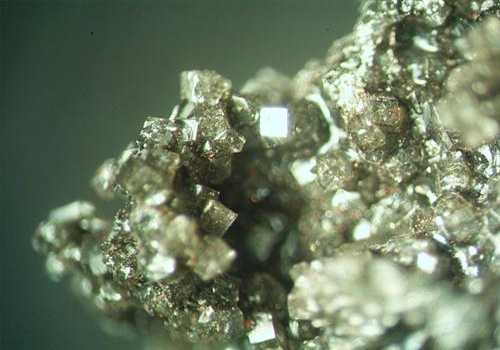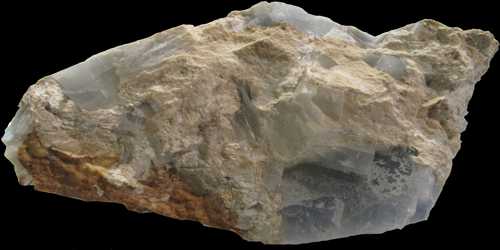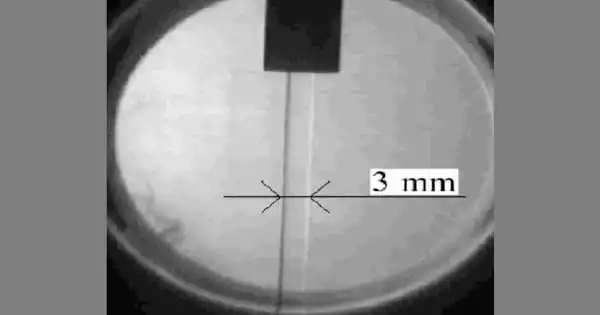Akermanite, formula – (Ca2Mg[Si2O7]) is a melilite mineral of the sorosilicate group, containing calcium, magnesium, silicon, and oxygen. It is consists of calcium magnesium silicate and is an end-member of the melilite series
It is a product of contact metamorphism of siliceous limestones and dolostones, and rocks of sanidinite facies. Sanidinite facies represent the highest conditions of the temperature of contact metamorphism and are characterized by the absence of hydrous minerals. It has a density of 2.944 g/cm3. Åkermanite ranks a 5 or 6 on the Mohs scale of mineral hardness and can be found gray, green, brown, or colorless. It has a white streak and a vitreous or resinous luster. It has a tetragonal crystal system and a good, or distinct, cleavage. It is the end member in a solid solution series beginning with gehlenite (Ca2Al[AlSiO2]).

General Information
- Category: Sorosilicates,
- Formula: Ca2Mg[Si2O7],
- Crystal system: Tetragonal,
- Elements listed: Ca, Mg, O, Si etc.
The mineral is named for Anders Richard Åkerman (1837–1922), a Swedish metallurgist. It has been found at Monte Somma and Vesuvius, and Monte Cavalluccio near Rome. It was “grandfathered” in as a species of mineral because it was described prior to 1959, before the founding of the International Mineralogical Association.
Health Risks: No information on health risks for this material has been entered into the database. You should always treat mineral specimens with care.
Identification
- Color: Colorless, yellowish gray, green, brown
- Cleavage: Distinct on {001}, poor on {110}
- Fracture: Irregular/ uneven, conchoidal
- Tenacity: Brittle
- Mohs scale hardness: 5 – 6
- Luster: Vitreous, resinous
- Streak: White
- Diaphaneity: Transparent, translucent
- Specific gravity: 2.944.
Information Source;
















